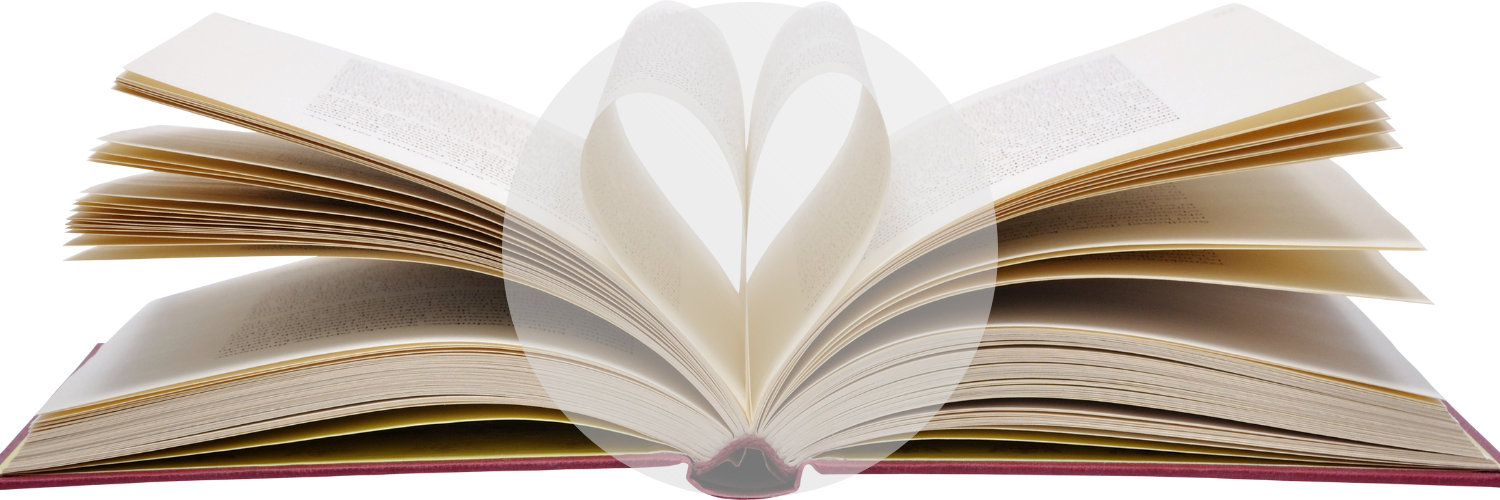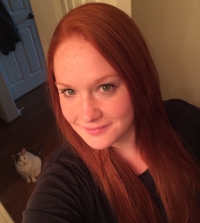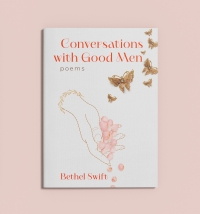Artivism: Diversity in Children's Books
Do you ever overhear a question or conversation that you'd like to respond to but, for whatever reason, you don't and later wish you had? I had one of those experiences a few months back at a Society of Children's Book Writers & Illustrators San Diego chapter meeting back in January. I have been a SCBWI member for seven years and one topic that has come up repeatedly over the years is the need for more diversity in children's books (especially in the areas of race & culture, religion & sexual orientation, and the physically & mentally differently-abled).
In a Q&A session with author/presenter Pam Muñoz Ryan back in January, an attendee raised her hand to ask how writers can be a part of the solution to this deficit. I have heard this question posed at many events before - and I will try to reserve judgement about the woman who raised it in this circumstance - however, I feel it is important to note that her tone (and her follow-up questions) seemed to suggest a catch-22 in which people of color want more diverse books but don't want "white" people to write from a perspective that is not their own and will judge them if they do and, in the process, enforce a stereotype or whitewash an experience.
Mrs. Muñoz Ryan was very gracious in her response and encouraged the woman to a) not feel compelled to fill a void she does not feel qualified to fill and b) make sure she is getting perspective from more than just one individual of that perspective (the woman had talked to one Korean-American friend of hers about her project which was to feature a Korean girl). After answering - and the woman pushing back more from the catch-22 angle - Mrs. Muñoz Ryan opened it up for audience input. Initially, I felt it best to defer to the people of color in the room as the whole point of the question is that their voices are not being heard. When I saw a sea of only white hands being raised and heard that most of those women were just commenting in agreement with the original question, I started to raise my hand, but I'd hesitated too long and the chance was gone.
So, here is the answer I would have given to the questioner:
Initially, when I wrote my first draft of a children's book manuscript that is based on a true story, I envisioned the main character looking like my biological brother and the others being a mix of "Black" & "White" characters, like my own family. This can be really tricky to articulate in a PB (picture book) because illustration notes are strongly discouraged by the "Big 5". I realized in the process, however, that I had was a story that could be true of any little boy, anywhere, so why not make the main character a child of color? I ended up working "multiracial and bilingual family" into my pitch to help make my intentions clear. Another option - if you don't feel confident writing from another perspective or working in a diversity angle to your story but want to see increased diversity in children's books - is to read and recommend those books that already exist.
This last point is one that I am very interested in adding to my platform. As a writer and nanny, I read a lot of children's books and plan to start posting very simple book recommendations ("loved it" or "liked it" style) to Goodreads. Just getting the word out on diverse books can help get these books into little hands and increase the demand and visibility of diverse perspectives. Similarly, once you begin to look for it, you can see stories featuring "white" characters that could just as easily have been a child of a different race, religion, orientation, or ability, without changing a single detail of the story. Sometimes just noticing this, is a step in the right direction, and one that may end up positively impacting a story that you, or someone you know, wants to tell.
In a Q&A session with author/presenter Pam Muñoz Ryan back in January, an attendee raised her hand to ask how writers can be a part of the solution to this deficit. I have heard this question posed at many events before - and I will try to reserve judgement about the woman who raised it in this circumstance - however, I feel it is important to note that her tone (and her follow-up questions) seemed to suggest a catch-22 in which people of color want more diverse books but don't want "white" people to write from a perspective that is not their own and will judge them if they do and, in the process, enforce a stereotype or whitewash an experience.
Mrs. Muñoz Ryan was very gracious in her response and encouraged the woman to a) not feel compelled to fill a void she does not feel qualified to fill and b) make sure she is getting perspective from more than just one individual of that perspective (the woman had talked to one Korean-American friend of hers about her project which was to feature a Korean girl). After answering - and the woman pushing back more from the catch-22 angle - Mrs. Muñoz Ryan opened it up for audience input. Initially, I felt it best to defer to the people of color in the room as the whole point of the question is that their voices are not being heard. When I saw a sea of only white hands being raised and heard that most of those women were just commenting in agreement with the original question, I started to raise my hand, but I'd hesitated too long and the chance was gone.
So, here is the answer I would have given to the questioner:
Initially, when I wrote my first draft of a children's book manuscript that is based on a true story, I envisioned the main character looking like my biological brother and the others being a mix of "Black" & "White" characters, like my own family. This can be really tricky to articulate in a PB (picture book) because illustration notes are strongly discouraged by the "Big 5". I realized in the process, however, that I had was a story that could be true of any little boy, anywhere, so why not make the main character a child of color? I ended up working "multiracial and bilingual family" into my pitch to help make my intentions clear. Another option - if you don't feel confident writing from another perspective or working in a diversity angle to your story but want to see increased diversity in children's books - is to read and recommend those books that already exist.
This last point is one that I am very interested in adding to my platform. As a writer and nanny, I read a lot of children's books and plan to start posting very simple book recommendations ("loved it" or "liked it" style) to Goodreads. Just getting the word out on diverse books can help get these books into little hands and increase the demand and visibility of diverse perspectives. Similarly, once you begin to look for it, you can see stories featuring "white" characters that could just as easily have been a child of a different race, religion, orientation, or ability, without changing a single detail of the story. Sometimes just noticing this, is a step in the right direction, and one that may end up positively impacting a story that you, or someone you know, wants to tell.


